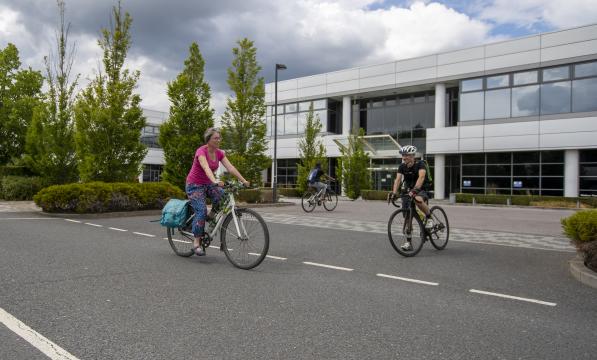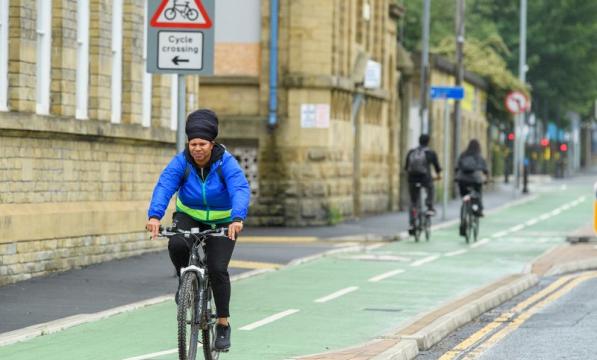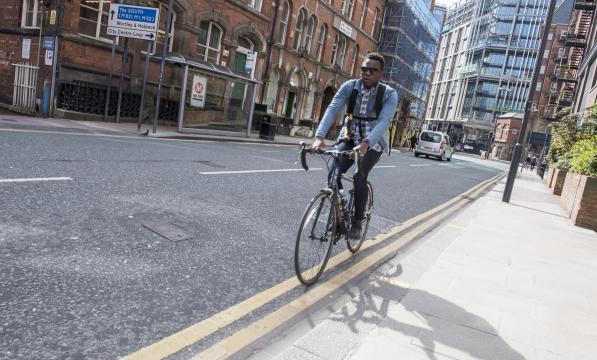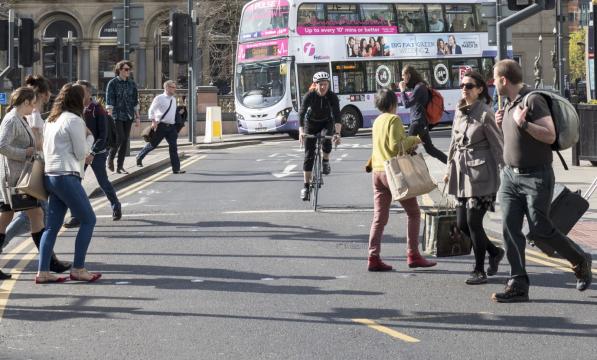How can the Cycle to Work Scheme help you?
It's a government initiative to encourage cycle commuting. Your employer buys you a bike (and/or equipment, but I’ll just write ‘bike’ from now on), and you pay them back in monthly instalments deducted from your gross salary. This is called salary sacrifice. Because the bike’s purchase price comes out of your gross earnings, it’s exempt from income tax and national insurance. This is where the savings come from.
Am I eligible?
Your employer needs to sign up with a Cycle to Work provider such as Cyclescheme or Halfords, or else sort the logistics themselves. You must earn more than the minimum wage because salary sacrifice deductions cannot reduce your take-home pay below the minimum wage. If you’re self-employed, you can take part if you pay yourself through PAYE.
How you pay
Your employer reviews and (hopefully) approves your Cycle to Work application, then pays for the bike. You receive a voucher that you exchange for your bike in store or online.
For the next 12 months, a twelfth of the bike’s purchase price is deducted from your gross salary. During this period, the bike belongs to your employer. You’re ‘hiring’ it from them.
After a year you stop making payments. You then have a choice: return the bike to the Cycle to Work provider; make an immediate payment to transfer ownership of the bike to you; or continue to ‘hire’ the bike from your employer for three more years at zero cost, finally making a smaller transfer of ownership payment.
What you save
You save what you would have paid in tax and national insurance had you received the bike’s purchase price as salary. That’s 32% if you’re a standard rate taxpayer and 42% if you’re a higher rate taxpayer. So a £1,000 bike would cost you £680 or £580 respectively. On top of this there’s that transfer of ownership fee.
Pay that immediately and it's 18% of the price for bikes under £500 and 25% for bikes £500 and over.
But if you take out an extended hire agreement, the transfer of ownership fee is much smaller: 3% for bikes under £500 and 7% for those over. Why? The bike has depreciated in value.

What you can get
A bike, two bikes, a bike plus equipment, just equipment… Equipment is things like lights, luggage, locks, mudguards, and cycle clothing. Some items are prohibited: GPS devices; bike racks for cars; cameras; turbo trainers or rollers; gift cards; nutrition products. The default price limit for Cycle to Work purchases was £1,000. However, the Department for Transport has just scrapped this for providers who register with the Financial Conduct Authority. All likely will if they haven’t already.
E-bikes
The Cycle to Work scheme was clarified in June 2019 – with e-bikes in mind – to make it easier to buy bikes over £1,000.








